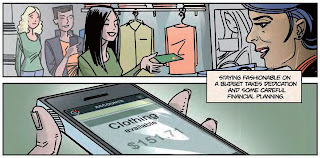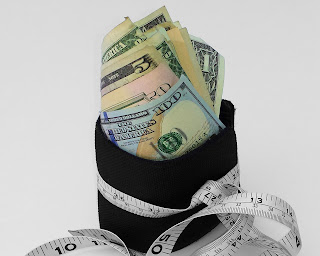Why do so many of our important conversations about money devolve into a bunch of gobbledy gook? Fancy jargon. Busy charts. Numbing equations. Face it. Your kids aren’t listening.
If you want to get through to your kids about personal finance, you’re going to want to keep it simple, light, and memorable.
Like the ABCs of Finance that J. Money (the money dude with a mohawk over at BudgetsAreSexy.com) put together.
By the way, a xylograph is an engraving in wood. So J’s saying: make a picture of your goals. I think.
A little goofy. Nice and simple. Very meaningful.
What would your money advice alphabet look like? Here’s mine:
Automate your good money habits, like setting aside savings from your paycheck.
Bargains for things you don’t value are bad deals.
Create something of value every day. Anything.
Delay your gratification, but enjoy the moment.
Experiences are better than stuff, unless your stuff is creating an experience.
Find a spouse or partner who shares your values. It will be your best money decision ever.
Get the company match. It’s free money!
Happiness through gratitude, not gratification.
It’s never too late to change a bad money habit.
Just because someone else has it doesn’t mean you should have it too.
Keep learning and improving. The money will follow.
Long term, low cost, lots of irons in the fire. That’s how good investing rolls.
Markets cannot be timed. Make regular investments at regular intervals, and you’re bound to get it right at least once in awhile.
New is not always better than used. Think cars.
Open a Roth IRA with your first job as a teenager. Keep contributing as long as you can.
Pay off your credit card balance every month.
Quit quitting.
Remain calm. The market will come back eventually.
Stuff won’t make you feel better.
Talk to your family openly about money. As Ron Lieber says, every conversation about money is also about values.
Understand where you are putting your money. Don’t understand it? Don’t put it there until you do.
Volunteer. Time and money.
Work hard and smart.
Xenophobia limits life’s riches. Explore outside cultures and opportunities.
You are responsible.
Zero whining. Focus forward on a solution, not backward at a problem.
Try making your own money advice alphabet. It’s as easy as ABC.
Your kids might not listen to your money words, but maybe they’ll listen to your money letters.

































